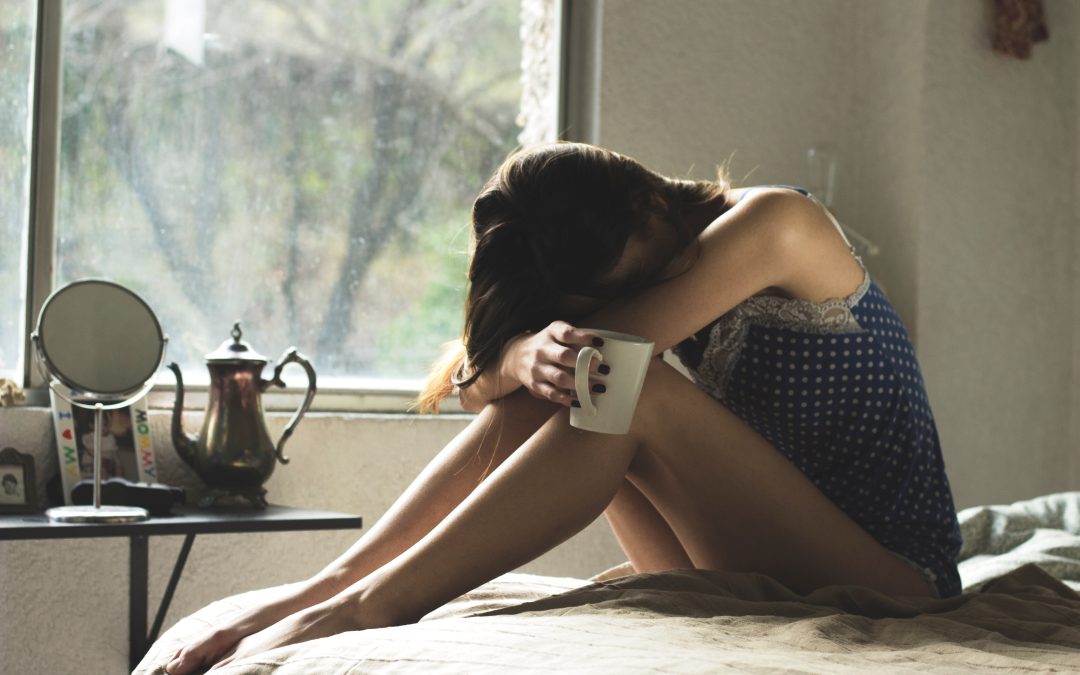Did you know there’s a difference between feeling sad and having depression?
If you follow popular culture or any kind of media, it is common to hear these ideas mischaracterized and often conflated. TV and movie characters may carelessly refer to another character as “having depression” without considering that there is a clinical definition for this condition.
You may also have witnessed a person try to help another individual with depression by offering them advice like “just snap out of it” or “be more positive.”
These suggestions, while well-intended, can have an adverse effect. One reason people may continue to give this advice is they don’t truly understand the difference between an individual who has depression and someone who is feeling sad. People too often want to help their family, friends, coworkers, peers, and significant others, but they lack a more nuanced understanding of the difference between feeling sad and having depression. Thus their efforts may do the opposite of what they intended to do.
So what is sadness, anyway?
Sadness is an emotion that everyone experiences at some point, or multiple points, throughout their lives. A specific trigger can cause someone to feel sad. Oftentimes, people may feel sad when they have experienced a loss, undergone a change, or dealt with a stressful or upsetting life event. Losing a job, breaking up with a significant other, losing a loved one, and moving are all examples of triggers that may precede a person feeling sad.
Someone who is feeling sad usually experiences this emotion for a short period of time. Individuals who feel sad can usually find relief by accepting their emotional state and still participate in much of their daily lives without disruption.
How is feeling sad different than having depression?
Depression, sometimes called major depressive disorder or clinical depression, is an ongoing mental health condition that can significantly impact a person’s daily life. According to NIMH, depression affects nearly 7% of the U.S. adult population. It is also the most common mental health challenge in the country.
People who “experience persistent feelings of sadness and hopelessness and lose interest in activities they once enjoyed” may have depression, especially if their symptoms have been present for at least 2 weeks, based on the DSM-5 criteria for this mental health condition. Individuals with depression may also have physical symptoms like chronic pain or digestive issues.
A common myth about depression is that a person’s brain chemistry is out of balance. However, recent research has debunked this theory and has an expanded idea about the potential causes of depression.
According to a recent publication by the Harvard Medical School community, there may be many possible causes of depression such as “faulty mood regulation by the brain, genetic vulnerability, stressful life events, medications, and medical problems. It’s believed that several of these forces interact to bring on depression.” It can be difficult to determine what causes depression, while it is usually clear that a specific life event has lead to a person feeling sad.
The takeaway:
There IS a big difference between feeling sad and having depression.
How To Help Someone Struggling With Depression
After reading this blog post, you may have realized that you were not as supportive to people in your life who may have depression. We appreciate your empathy and desire to learn more. So we put together a little guidance about the best ways to be there for someone who has depression.
The first thing you can do is encourage people who may have depression to talk to a mental health professional. People who suspect they might have depression can learn more about the condition by visiting NIMH (National Institute of Mental Health) or Mayo Clinic websites.
Individuals who have depression, and, in some cases, people who feel sad, may isolate themselves from their community. Engaging in social activities can help to reduce the feelings of isolation that can compound if people withdraw from their community.
While all of us can benefit from social interaction, people with depression can especially benefit from opportunities to connect. Here are some specific ways you can help your friends, family, coworkers, peers, and significant others that may help them build a stronger human connection:
- Be present with them by listening to what’s on their minds, if they are open to talking about it, while resisting the urge to give advice
- Encourage them to use creative expression that’s meaningful to them, such as art or writing, to process their feelings
- Offer to accompany them to social gatherings and community events, especially if they used to go to these events and if they show interest in going to them
***
At Painted Brain, we encourage people living with a mental health condition such as depression to drop into our community center and participate in a means of creative expression that speaks to you most, like creating art or leading a group. If you or someone you know lives in Los Angeles and could benefit from participating in our community, join us Mondays, Wednesdays, and Fridays from 12-4 PM at Painted Brain Community Center 5980 W Pico Blvd Los Angeles, CA 90035.


